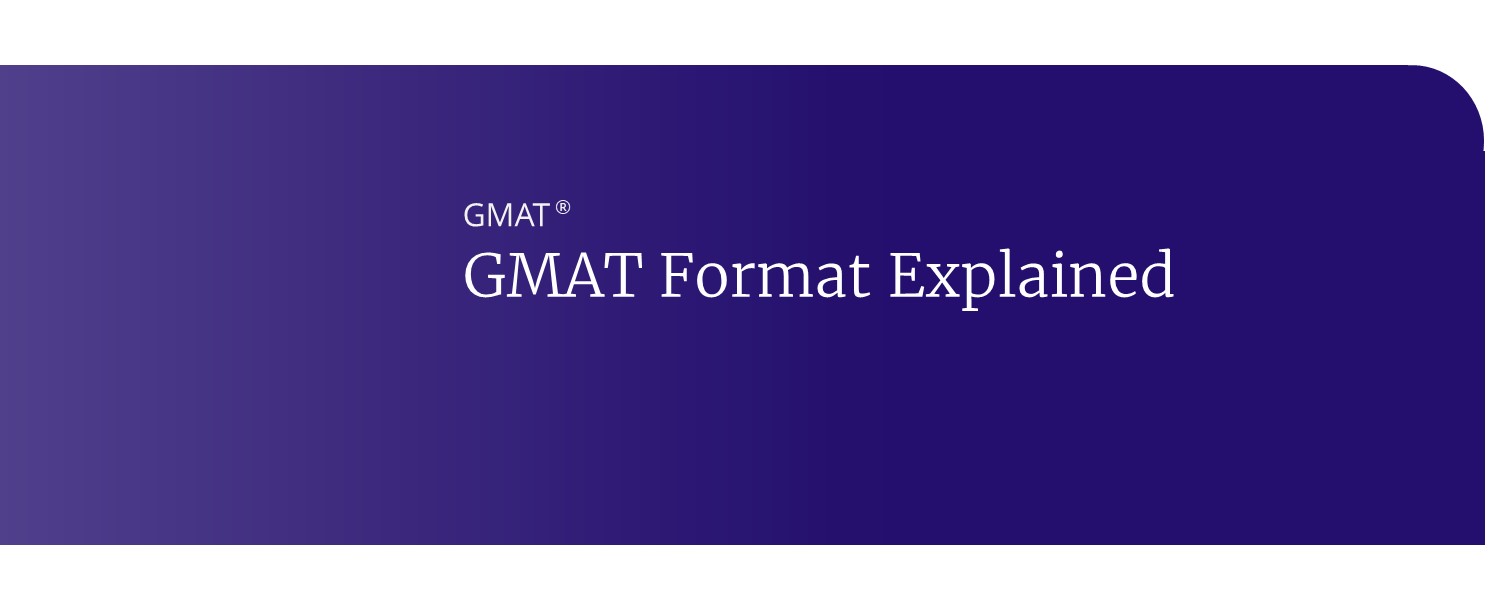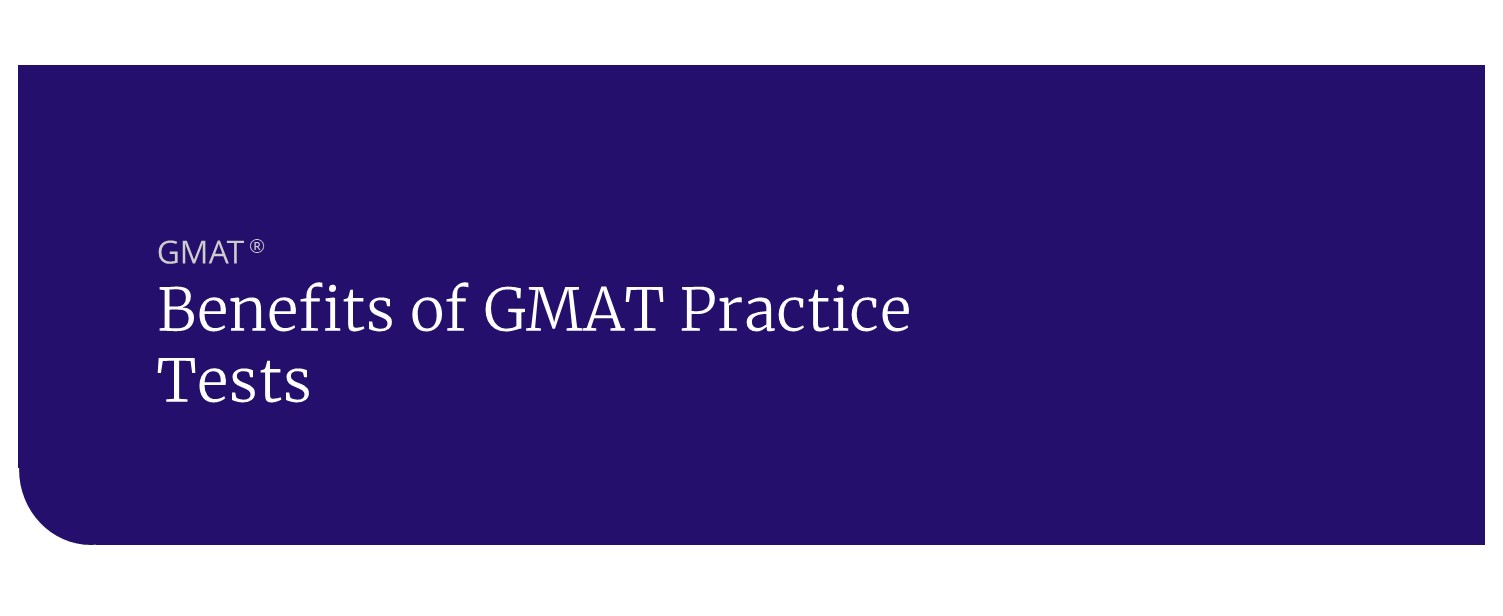What's Tested on the GMAT: GMAT Format
The GMAT is a computer adaptive test (CAT), which is more than just a digital version of a written exam. A CAT adapts to your performance as you’re taking the test. When you begin each category, the computer assumes you have an average score and gives you a question of medium difficulty. As you answer correctly, it generates more difficult questions. As you answer incorrectly, it serves up the easier variety.
The algorithm calculates your score as you go based not just on what you got right or wrong, but also on the difficulty level of the question. Because each answer directly affects the next question, the CAT does not allow you to go back to questions you’ve already answered. Once you’ve confirmed your answer, that’s it.
GMAT Sections
The GMAT includes three sections: Quantitative Reasoning, Verbal Reasoning and Data Insights.
- The Quantitative section tests your analytical capabilities and understanding of basic math.
- The Verbal section will ask you to demonstrate your mastery of standard English writing, break down arguments and thoroughly read and interpret text.
- The Data Insights section will assess your skills in analyzing information that comes from various sources and is presented in different ways.
Each section (Quantitative, Verbal, and Data Insights) is scored separately meaning for each section you will receive a score between 205 and 805.
Quantitative Section
The GMAT Quantitative section tests your knowledge of basic math like arithmetic, algebra, and geometry, as well as your analytical abilities. Hence, there’s a strong logic element in GMAT math. The Quantitative section lasts 45 minutes and consists of 21 questions and one problem type: Problem Solving.
In this section you will be face topics that overlap with Data Insights in the following areas:
- Arithmetic (including number properties)
- Algebra
- Statistics
- Fractions, ratios, and percents
- Word Problems (including sets, and probability)
Problem Solving
Problem Solving questions on the GMAT present you with five possible answer choices that test high school math skills. If you haven’t looked at high school math in awhile, you’ll want to brush up. The key here is to clearly understand the questions and avoid answer traps.
Verbal Section
The GMAT Verbal section tests your command of standard written English, your skill in analyzing arguments, and your ability to read critically. The section lasts 45 minutes and consists of 23 questions of two problem types: Critical Reasoning, and Reading Comprehension.
Critical Reasoning
Critical Reasoning asks you to break down a short argument into pieces and answer questions related to it. It examines your argument skills: how to make them, evaluate them, and formulate a plan of action. This section is notorious for tricky wording, so read carefully. It will test your ability to:
- Understand the argument’s structure
- Identify the conclusion
- Determine what evidence exists to support the conclusion
- Determine what assumptions are made to jump from evidence to conclusion
Reading Comprehension
Reading Comprehension questions present scholarly passages in the topics of business or science (social, biological, physical) and then ask three or four questions about each passage, testing your critical reading skills and your ability to:
- Summarize the main idea
- Differentiate between ideas stated specifically and those implied by the author
- Make inferences based on information in a text
- Analyze the logical structure of a passage
- Deduce the author’s tone and attitude about a topic
Data Insights
Data Insights includes four sections that measure your ability to evaluate information presented from multiple sources in different formats. You will have 45 minutes to complete the DI section and will face 20 problems.
The Data Insights section tests topics such as:
- All quant skills
- All verbal skills
- Data analysis
- Logical reasoning
Specific problem types in the Data Insights section of the GMAT include:
- Data Sufficiency
- Tables
- Graphs
- Multi-Source Reasoning
- Two-Parts
Data Sufficiency questions come with two statements of data, and it’s your job to determine whether the statements provide sufficient data to answer the question. This question type requires you to quickly identify pertinent information and efficiently eliminate answer choices.
[ Next: Creating a GMAT Study Schedule ]




